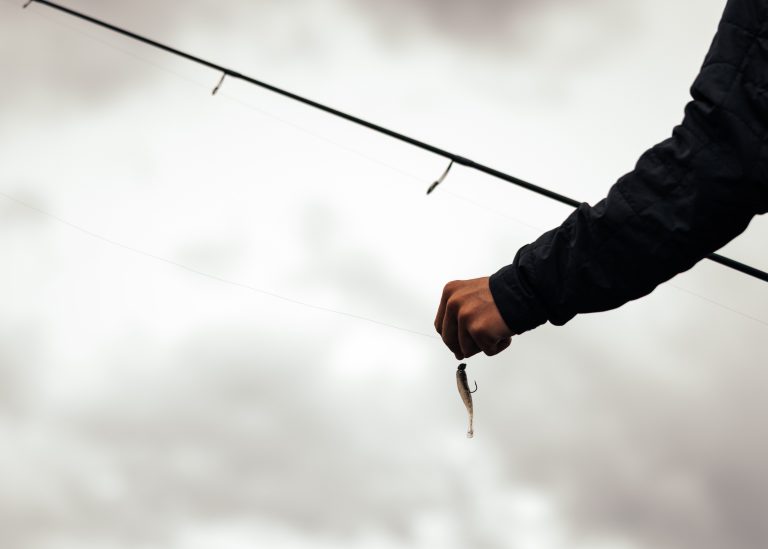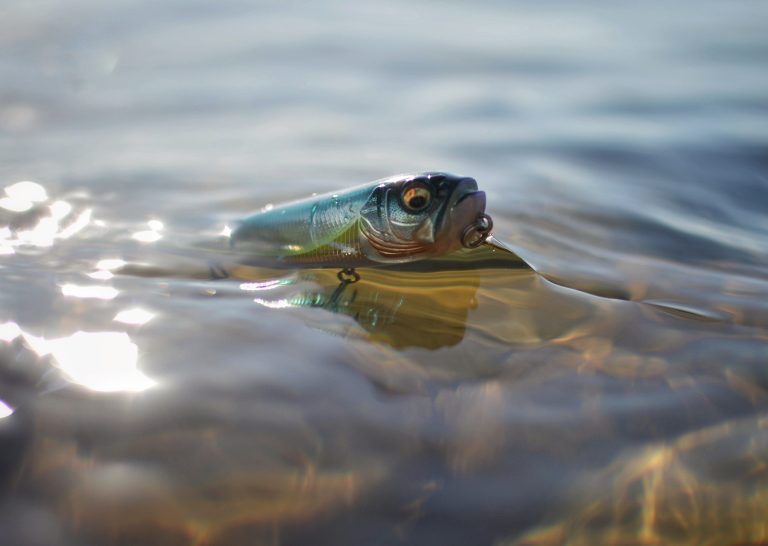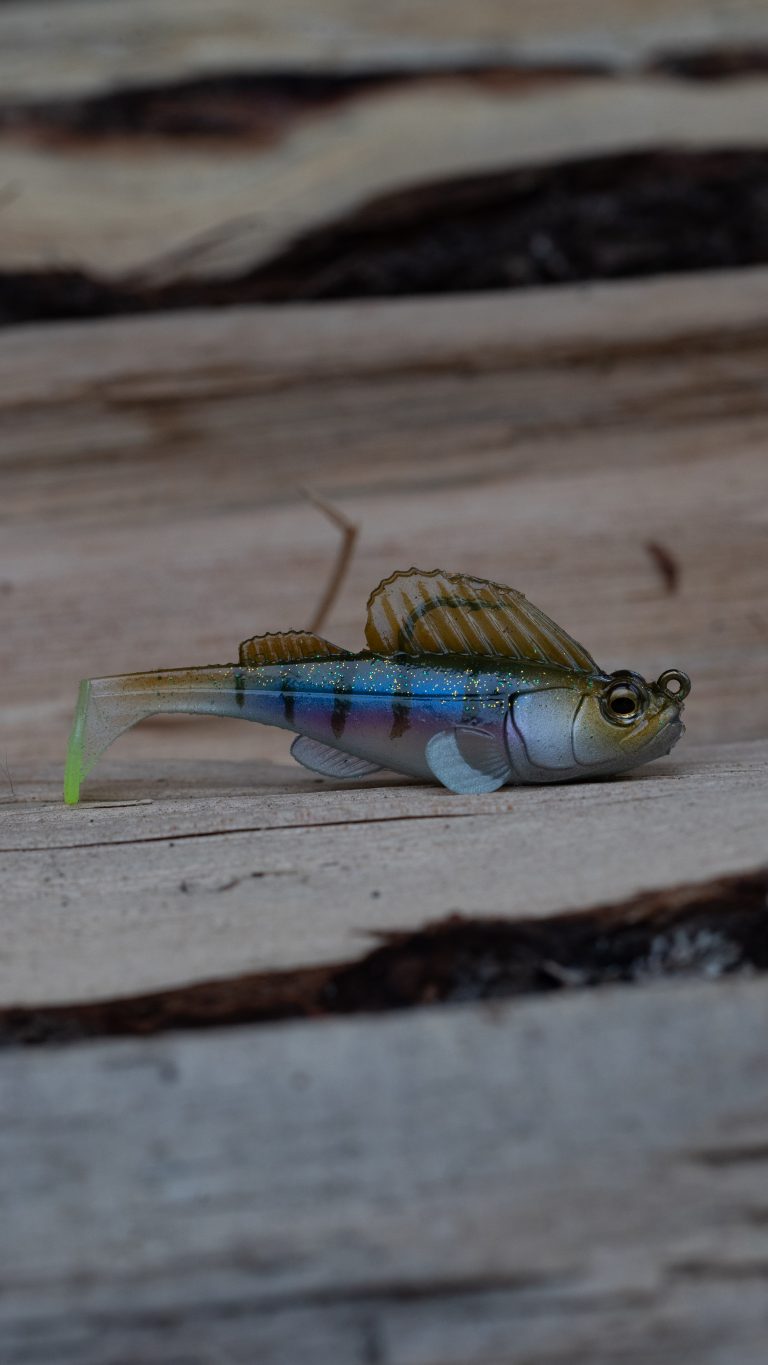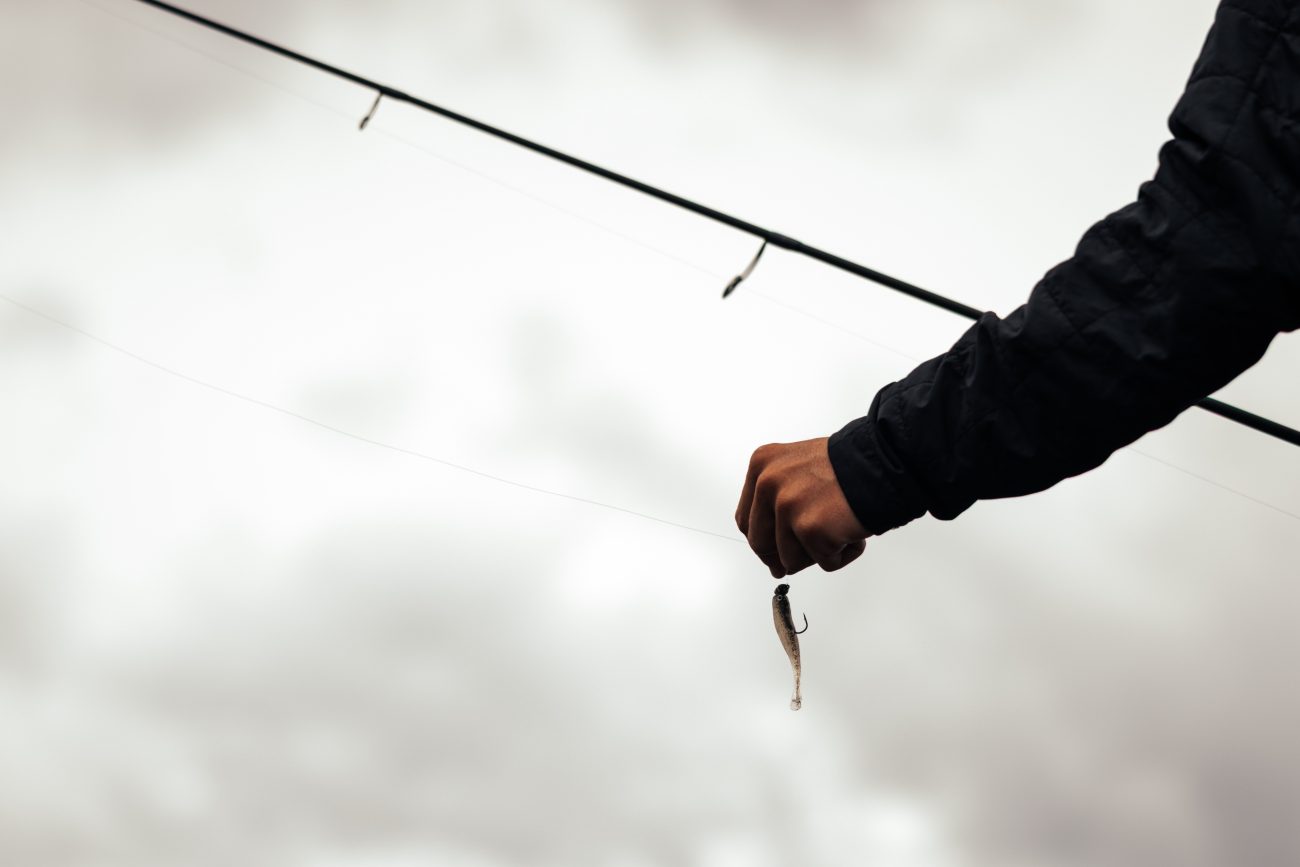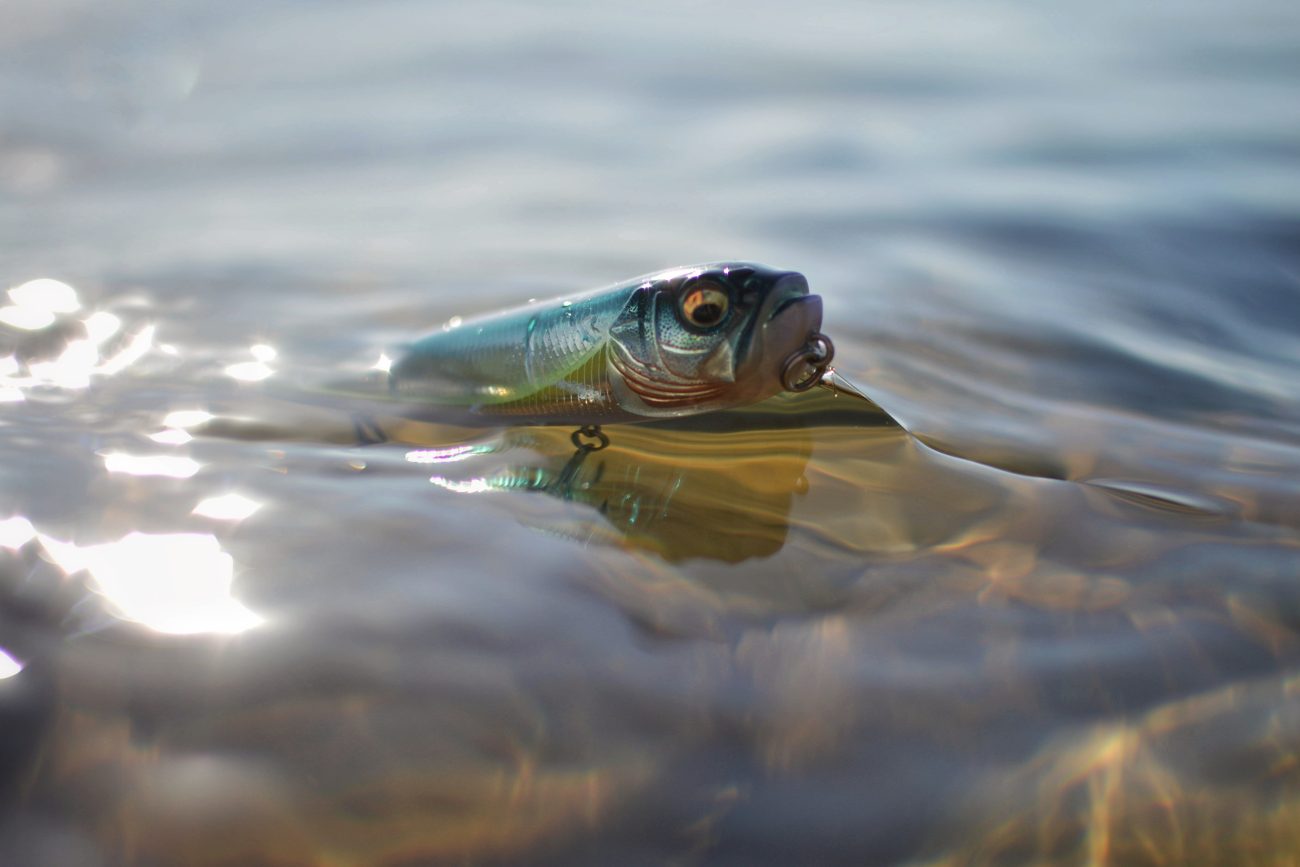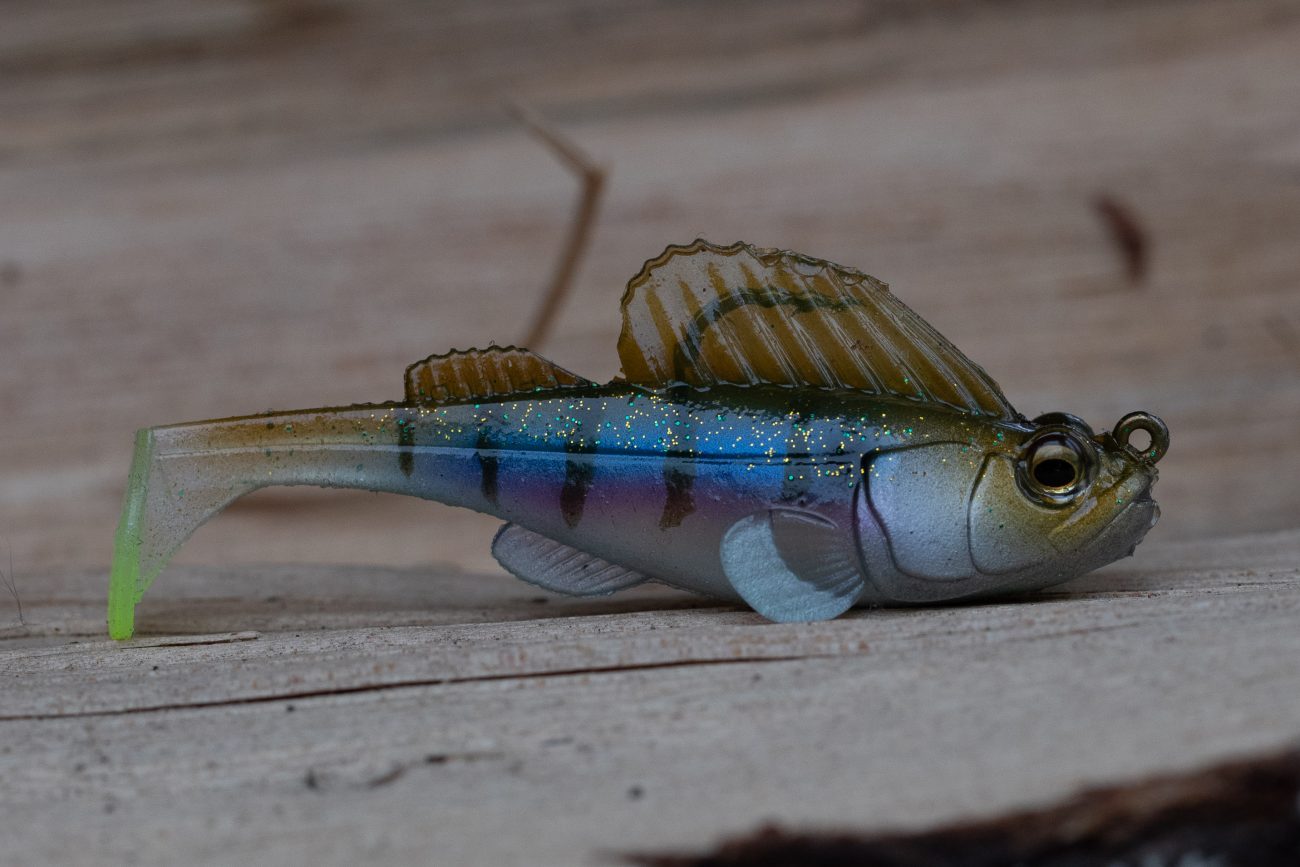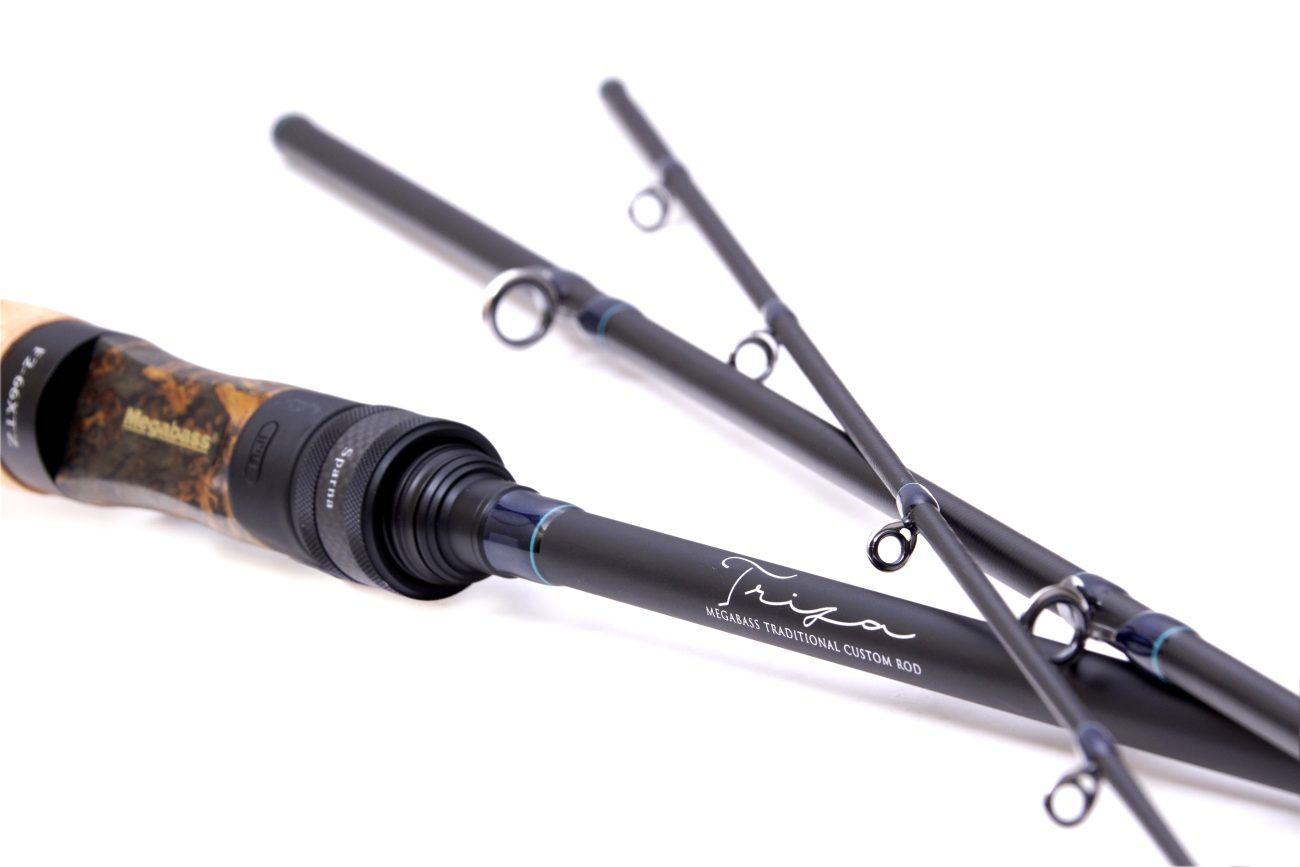One can imagine over a century ago, some innovative person observing largemouth bass attacking birds or snakes swimming, and then creating a crude topwater imitation to take advantage of the aggressive, opportunistic nature of bass. Today, topwater still remain one of the most effective and fun ways to catch bass in the warmer months. Topwater technology in lures has come a long way. Wooden baits gave way to plastic imitations, and today’s world of topwater lures feature balancing systems, weighting and color selections few could have imagined decades ago.
Post spawn topwater fishing can be some of the best of the entire year. Across much of the U.S., May/June is known as the post-spawn period. Depending on how far north or south you live, the actual stage of the post spawn can vary somewhat. The two main reasons topwater fishing is so effective this time of year are the fact the bass are feeding up after the spawning ritual, and some of them are aggressive guarding bass fry. Regardless, May and June topwater fishing can produce all day results for both quality and quantities of bass.
Bait & Tackle Selection
There are many topwater lure categories, but one of the most effective in May and June are walking topwaters like the Megabass DOG-X DIAMANTE. The DIAMANTE is a fairly large, three hook walker that the angler can cast a great distance. There are several reasons why walking topwaters are so effective during this time of year.
First, in clear water lakes, one of the first things a post spawn bass does is suspend off points and bluff banks to help recuperate from spawning. If you have water visibility of greater than 4 feet, a walker like the DIAMANTE can pull those suspended fish up out of 10-20 feet of water.

Target Areas
Secondly, the DIAMANTE is a great bait for covering water on cloudy days. The fry-guarder bass, and those hunting the shallows for bluegills to eat are especially susceptible to these walking topwaters.
And lastly, a walker is a great bait for fishing around targets in the post spawn. Dock corners, stumps, laydowns and rocks are prime areas, and you will find this technique to be especially effective if the water has a bit more color to it…say 18 inches to 3 feet. Basically, any shallow water near spawning areas can produce topwater action early in the morning, or on cloudy days. Unlike many lures, the actual areas that walking topwaters produce is much wider than other lure categories.
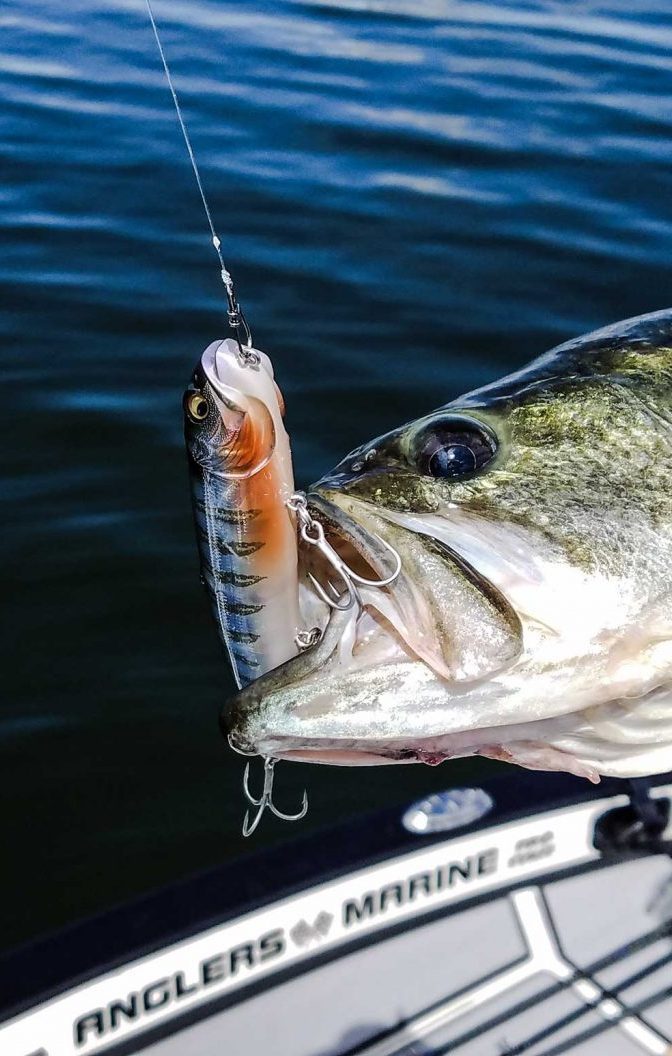
Rod Selection
One of the most important elements in walking topwater success if how you work the bait and the setup you use. When it comes to a rod selection, try and stay with one close to 7 feet. One of the best topwater rods you can use for the DIAMANTE is the DESTROYER P5 MADBULL, as well as other moderate tapered jerkbait rods.
The length and taper of these models are perfect for getting the best wrist motion that creates the walking pattern of the DIAMANTE. If a longer rod is preferred, the OROCHI XX EMTF is a agile option, despite its 7’5 length.
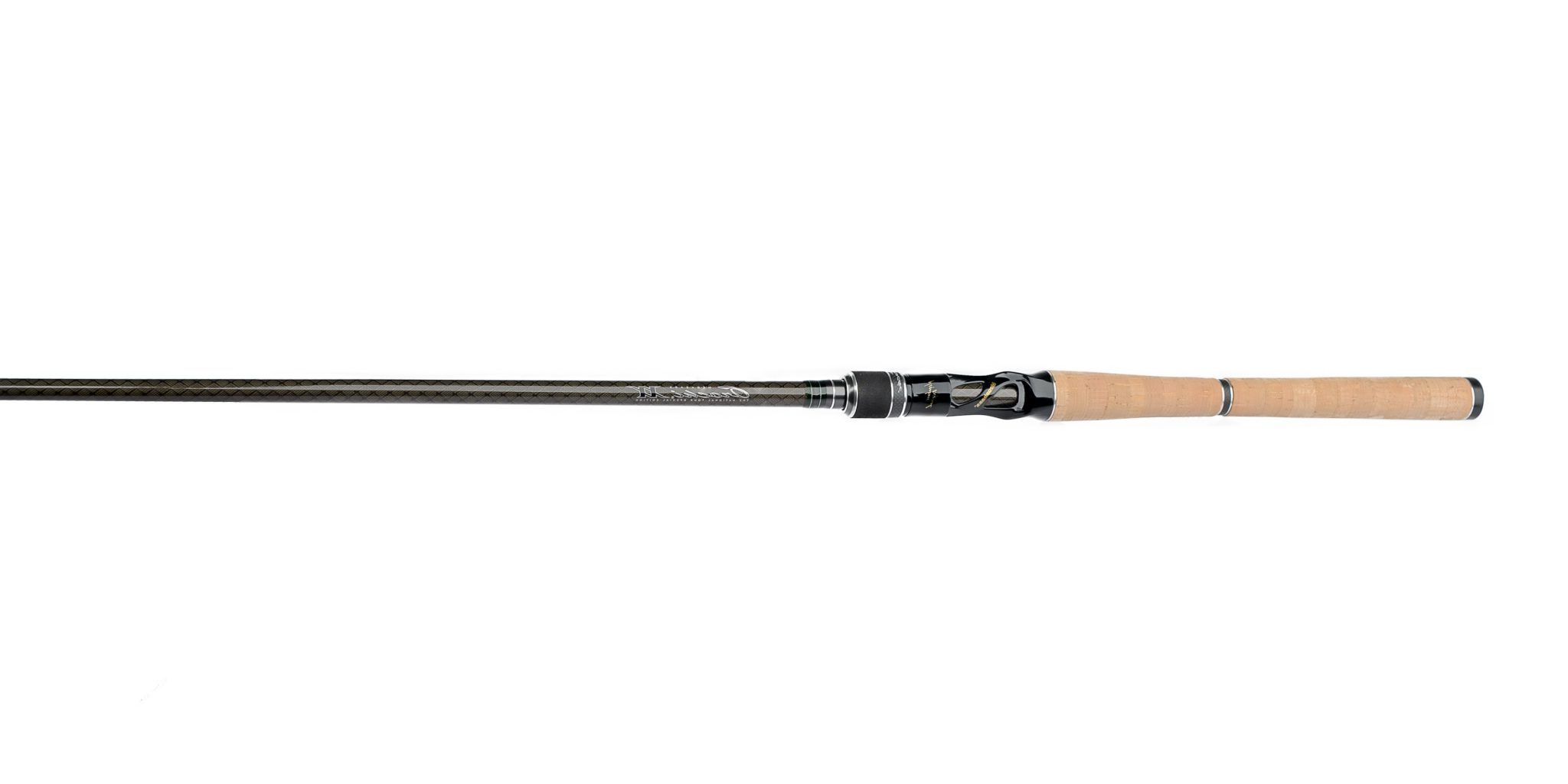
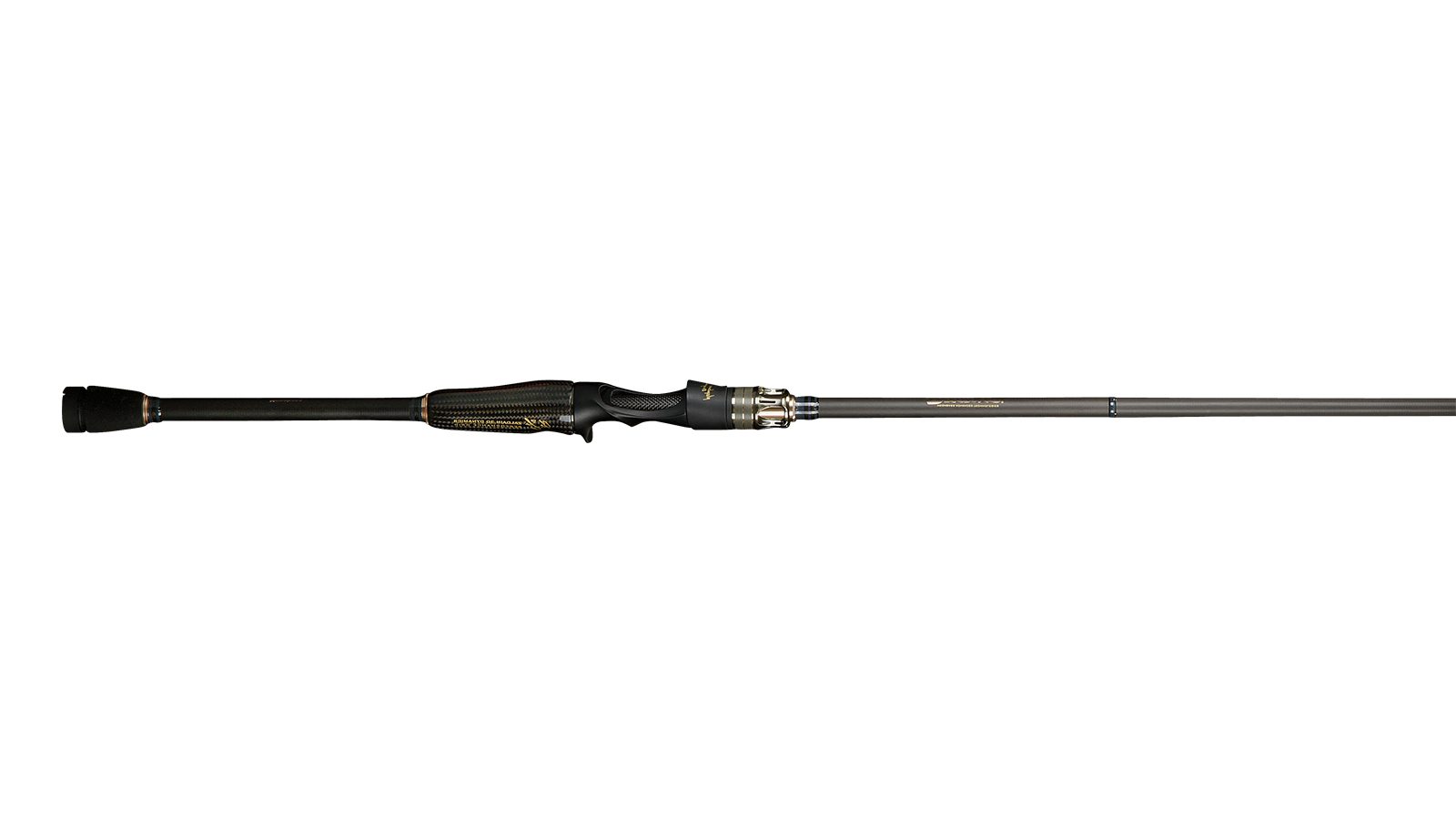
Pair the DIAMANTE with 15-20 pound mono. Mono’s floating characteristics make it better suited than fluorocarbon, and its stiffness keep the bait from fouling like if braid was used. The combination of the action and fast tip of the rod and monofilament line will increase your efficiency and odd of getting the most strikes and landing them.
For anglers who prefer braid for better castability or controllability, a mono shock-leader is recommended to absorb strikes and keep the ultra-supple braid out of the bait’s hooks. When using braid to leader, rod cadence should be softened due to the no-stretch qualities of the line. A more moderate taper rod like the EMTF or FLATSIDE SPECIAL is better suited for anglers who prefer braided line, as the deeper bend of these models will add some needed “give” to compensate for the braid’s lack of stretch throughout the fight.
Lastly, the cadence and rhythm the angler puts on the walker is critical. Like jerkbait fishing, walking topwaters can be fished fast, medium and slow. They can be fished with pauses of different lengths, or no pauses. A good rule of thumb is the clearer the water, the faster and less pauses you want to put on your topwater. As the water visibility decreases, so should your speed and your pauses should be longer. Like with any lure the angler imparts action on, the key is experimentation. Let the bass tell you what they want. Try speed and cadence for a while, and if it’s not producing, switch it up.
Once you incorporate the key points we have discussed here, we are confident that post spawn topwater fishing will create lasting memories for years to come.

